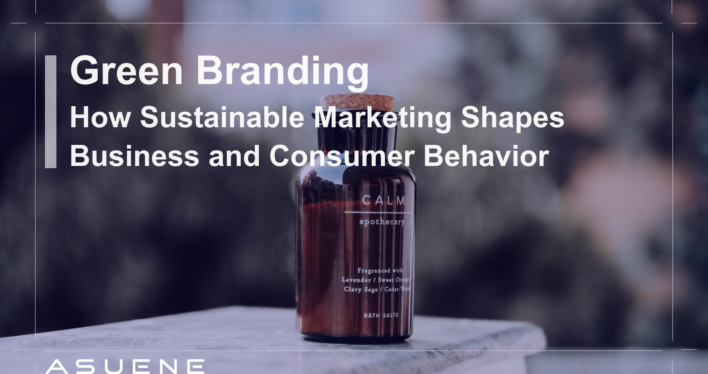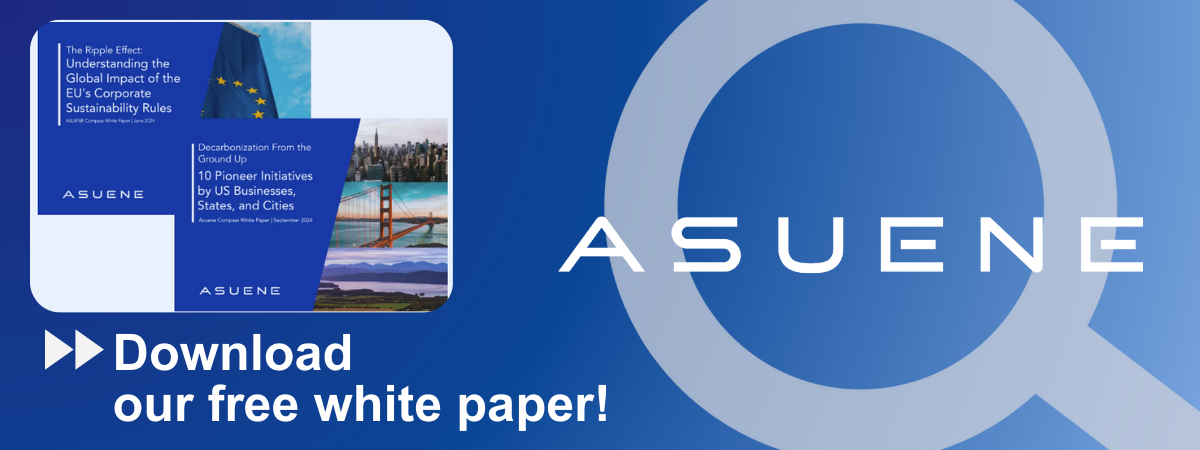- Article Summary
-
The Rise of Green Branding in the ESG Era
In an age where environmental consciousness is rapidly shifting from a niche concern to a mainstream expectation, green branding has emerged as a powerful strategic tool for companies aligning with Environmental, Social, and Governance (ESG) principles. Consumers are demanding more transparency, regulators are tightening disclosure requirements, and investors are rewarding businesses that prioritize sustainability. Green branding—defined as the practice of creating a brand that reflects environmental responsibility—has evolved from a marketing gimmick into a cornerstone of long-term corporate value.
In this article, we explore the multifaceted nature of green branding: its evolution, its strategic importance in ESG, the risks of greenwashing, its influence on consumer behavior, and how companies can authentically build and communicate sustainable values. Through data visualizations and real-world examples, we’ll uncover how companies can move beyond superficial messaging and embed sustainability into their core brand identities.
The Strategic Value of Green Branding in Corporate ESG Goals
Green branding is more than just showcasing eco-labels or publishing carbon offsets. It is a comprehensive branding strategy aligned with measurable environmental commitments. Companies with effective green branding frameworks integrate Scope 3 emissions reductions, circular product design, and transparent sourcing into their identity—not just their supply chain.
According to a 2024 McKinsey study, companies that incorporate sustainability into their brand are 3.2 times more likely to report above-average growth. This is consistent with ESG investment trends, where brands with high ESG scores are outperforming their peers in risk-adjusted returns. The chart below shows how ESG-branded companies have fared compared to traditional benchmarks over the last five years:
Companies such as Patagonia, Unilever, and Interface have become case studies in green branding success, not just because they communicate green values, but because they operationalize them. Patagonia, for example, commits to circularity through its Worn Wear program, making reuse and repair a core brand message and function. This authenticity has cultivated immense consumer trust.

Consumer Behavior and the Green Brand Premium
One of the driving forces behind green branding is the evolving behavior of consumers. Studies by NielsenIQ and Deloitte show that nearly 75% of global consumers are willing to pay more for products with sustainable attributes. This green premium is not uniform, however—it depends heavily on brand trust, generational factors, and regional awareness.
Millennials and Gen Z are at the forefront of the green consumer wave. A 2023 Deloitte Global Survey revealed that 58% of Gen Z respondents stopped purchasing from brands they perceived as environmentally irresponsible. Conversely, brands with a proven sustainability track record enjoy stronger customer loyalty, lower churn, and increased willingness-to-pay.
The graphic below breaks down green premium willingness by generation:
| Generation | % Willing to Pay Green Premium |
|---|---|
| Gen Z | 62% |
| Millennials | 59% |
| Gen X | 45% |
| Baby Boomers | 32% |
These findings emphasize that green branding is not just ethical—it’s also a commercially savvy decision. Companies that can clearly communicate their environmental impact and ESG goals in an accessible, verifiable way are more likely to capture this growing market segment.
Greenwashing: The Hidden Risk in Sustainable Branding
With opportunity comes risk. The rise of green branding has also given way to greenwashing—the practice of exaggerating or fabricating environmental credentials. This not only damages brand credibility but also exposes companies to legal and financial liabilities.
Greenwashing scandals have rocked major corporations. For example, in 2022, Deutsche Bank’s asset management arm DWS was raided over alleged misleading ESG claims, triggering a wave of regulatory scrutiny across Europe and the United States. In Japan, the Consumer Affairs Agency is actively monitoring “eco” claims for factual accuracy.
The chart below illustrates the growing volume of greenwashing-related litigation globally:
To avoid greenwashing, companies must ensure that marketing claims are backed by transparent, auditable data. Frameworks like the GHG Protocol, SASB Standards, and ISO 14001 provide guidance on how to communicate environmental performance credibly.
Best Practices: Building Authentic Green Brands
Creating a resilient, trusted green brand involves more than slogans—it requires a shift in business practices, supported by rigorous governance and stakeholder engagement. Here are key strategies:
- Integrate ESG into Core Business Strategy: Companies must connect branding to material sustainability issues such as supply chain emissions, product lifecycle, and labor ethics.
- Transparency and Reporting: Use ESG disclosures not just as compliance tools, but as storytelling instruments. Highlight progress, challenges, and roadmaps.
- Third-Party Certification: Leverage verifiable certifications like B Corp, Fair Trade, or FSC to build credibility.
- Empower Employees and Customers: Engage internal and external stakeholders in sustainability missions. Co-creation campaigns with consumers can boost both innovation and loyalty.
A case in point is IKEA’s People & Planet Positive strategy, which combines sustainability goals with affordability, using storytelling to educate customers while enhancing trust.
Conclusion: Green Branding as a Pathway to Sustainable Growth
Green branding is no longer optional—it is an essential component of sustainable corporate growth and ESG leadership. As consumer expectations, investor scrutiny, and regulatory demands converge, companies that embrace green branding authentically will differentiate themselves in a crowded marketplace.
The future of branding lies in transparency, action, and accountability. Brands that embed environmental values into their DNA—not just their messaging—will not only survive but thrive in the era of climate-conscious capitalism.
Why Work with ASUENE Inc.?
Asuene is a key player in carbon accounting, offering a comprehensive platform that measures, reduces, and reports emissions, including Scope 1-3, with expertise in decarbonization. Asuene serves over 10,000 clients worldwide, providing an all-in-one solution that integrates GHG accounting, ESG supply chain management, a Carbon Credit exchange platform, and third-party verification.
ASUENE supports companies in achieving net-zero goals through advanced technology, consulting services, and an extensive network.


